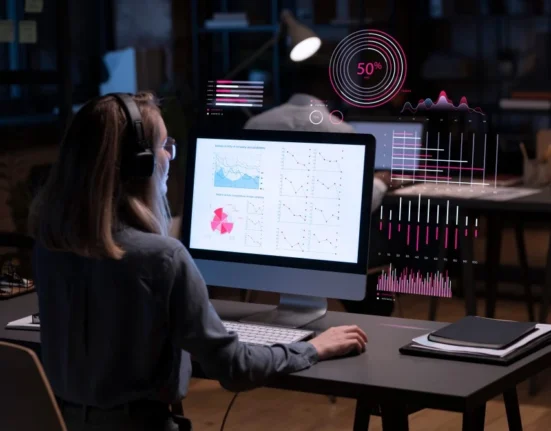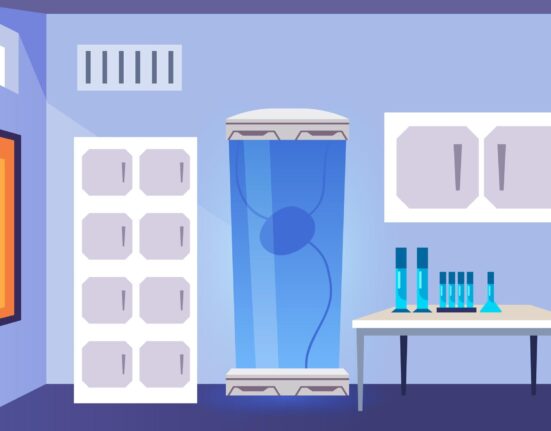Reverse osmosis filters are quickly becoming a thing of the past as more and more studies point to the health risks of de-mineralized water.
Although once very popular due to clever marketing, they are no longer considered the best choice when it comes to water filtration.
A reverse osmosis filter works by exposing water under pressure to a semi-permeable membrane with ultra-fine pores. Due to the fact that most inorganic contaminants are molcecularly larger in size than water, only a portion of the water passes through, without the inorganic compounds or trace minerals.
However, there are many chemicals that are smaller than the water molecule, so a carbon filter must be used as well to address these toxins.
Why aren’t reverse osmosis filters the best option?
There are a number of reasons why you are better off with a multi-stage filter rather than a RO system. Here they are in a nutshell:
- These systems waste about 2-3 gallons of water for every gallon they produce.
- Usage cost is about 18-24 cents per gallon, as opposed to 10 cents for a multi-stage unit.
- Reverse osmosis filters remove essential trace elements such as calcium, potassium and magnesium, which can be harmful to your health.
- Compared to other options, reverse osmosis water filtration is the least efficient and requires the most maintenance.
Do all filters offer the same RO water filtration benefits?
The latest research shows that drinking water contains over 2000 harmful chemicals, and EPA regulations only set standards for about 50 of them. That means that the water you drink and shower with every single day is filled with toxic materials.
The benefits of RO water filtration lie in the fact that the better water filters can remove many of these contaminants, yielding cleaner, safer, purer, better tasting water for you and your family.
Many people ask: Well what about bottled water? Surely that’s better than tap, right? Wrong. Bottled water is only required by law to be as good as tap water. More disturbingly, the standards for bottled water only apply when it is shipped across state lines…there are no laws governing quality when it remains in the state it is manufactured in…scary, huh?
As with all products on the market, some are better than others. There are those that remove very few toxins from water…there are others that actually remove too much, eliminating healthful trace minerals that our body’s need.
Here’s what to look for if you really want to reap the benefits of water filtration:
Here’s what to look for if you really want to reap the benefits of water filtration:
- Make sure the filter you choose removes chlorine, lead and chemicals called VOCs (volatile organics) and cysts, amon other harmful components.
- Read through the Performance Data Sheet to determine what toxins are removed and compare to other products.
- Look for California certification. California’s Board of Health set the most stringent standards when it comes to certifying a water filter’s performance.
- Don’t buy from any manufacturer that makes unsubstantiated claims. They should be able to support everything with documentation.
If you are in the market for a point of use or whole house water filtration system or if you are looking for industrial reverse osmosis plant, we recommend Aquashakti Water Solution, a manufacturer of multi-stage filtration units that remove more contaminants than any other system, while keeping important trace minerals intact.
Unlike a reverse osmosis filter, Aquashakti are very efficient and cost effective, consistently ranking at the top of customer satisfaction surveys.





